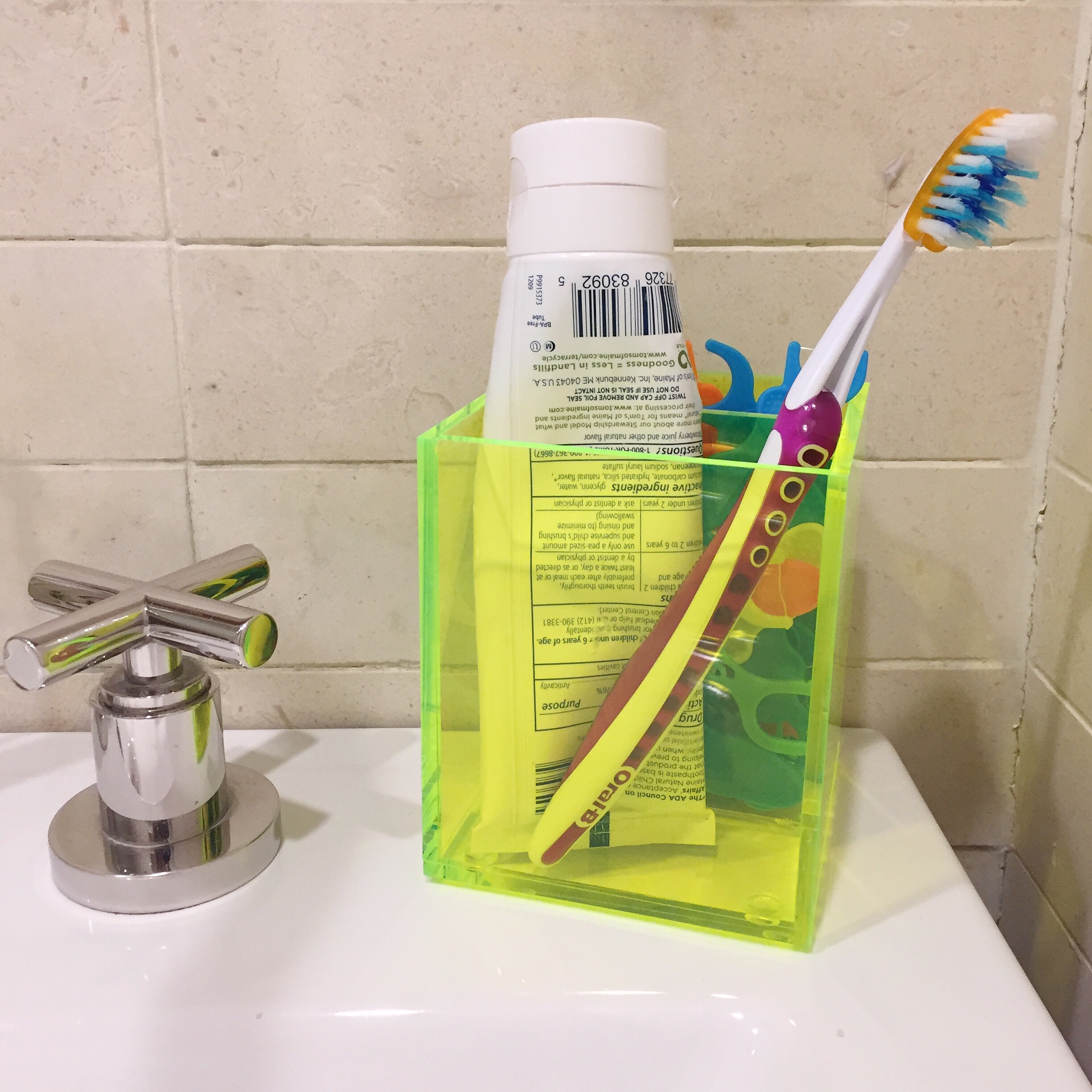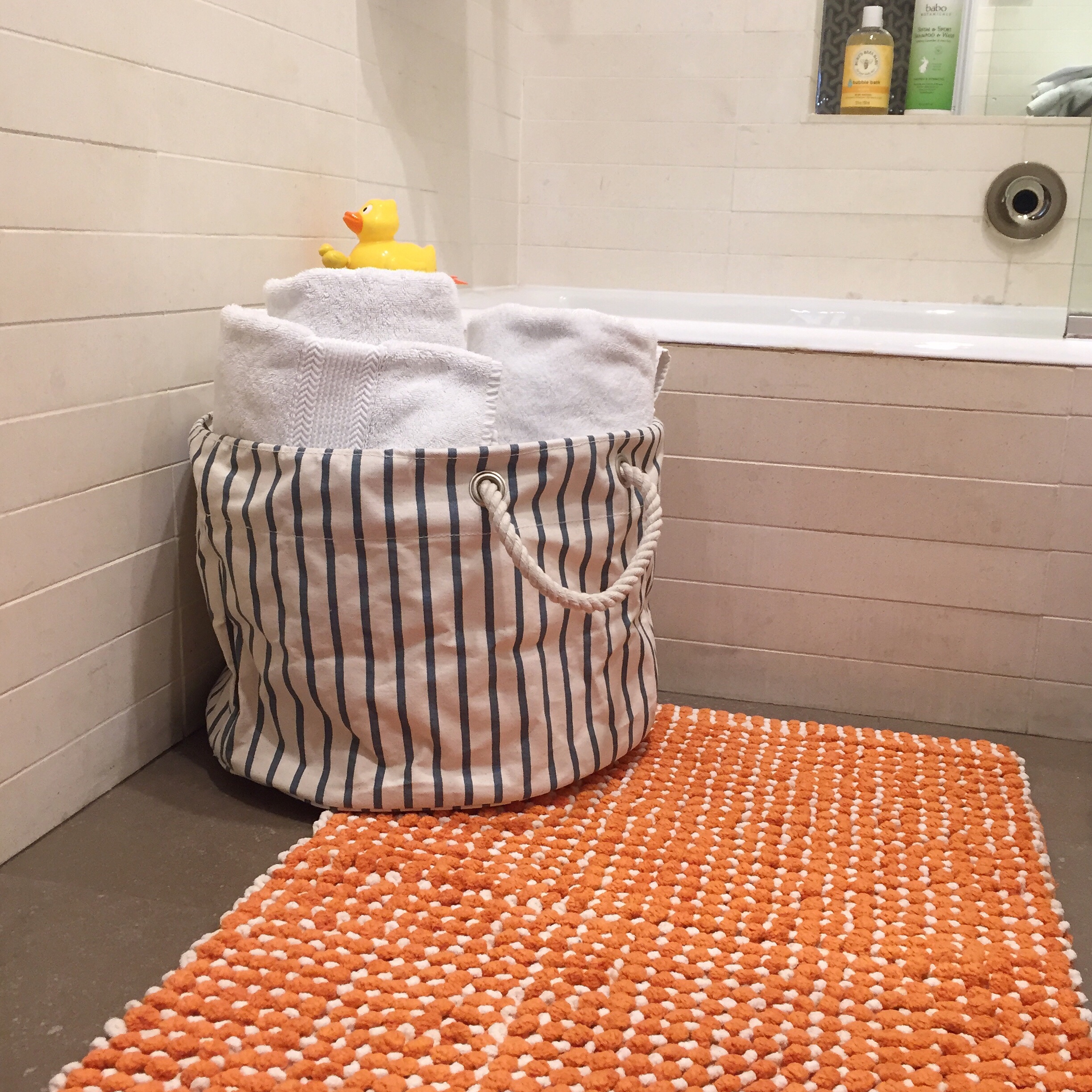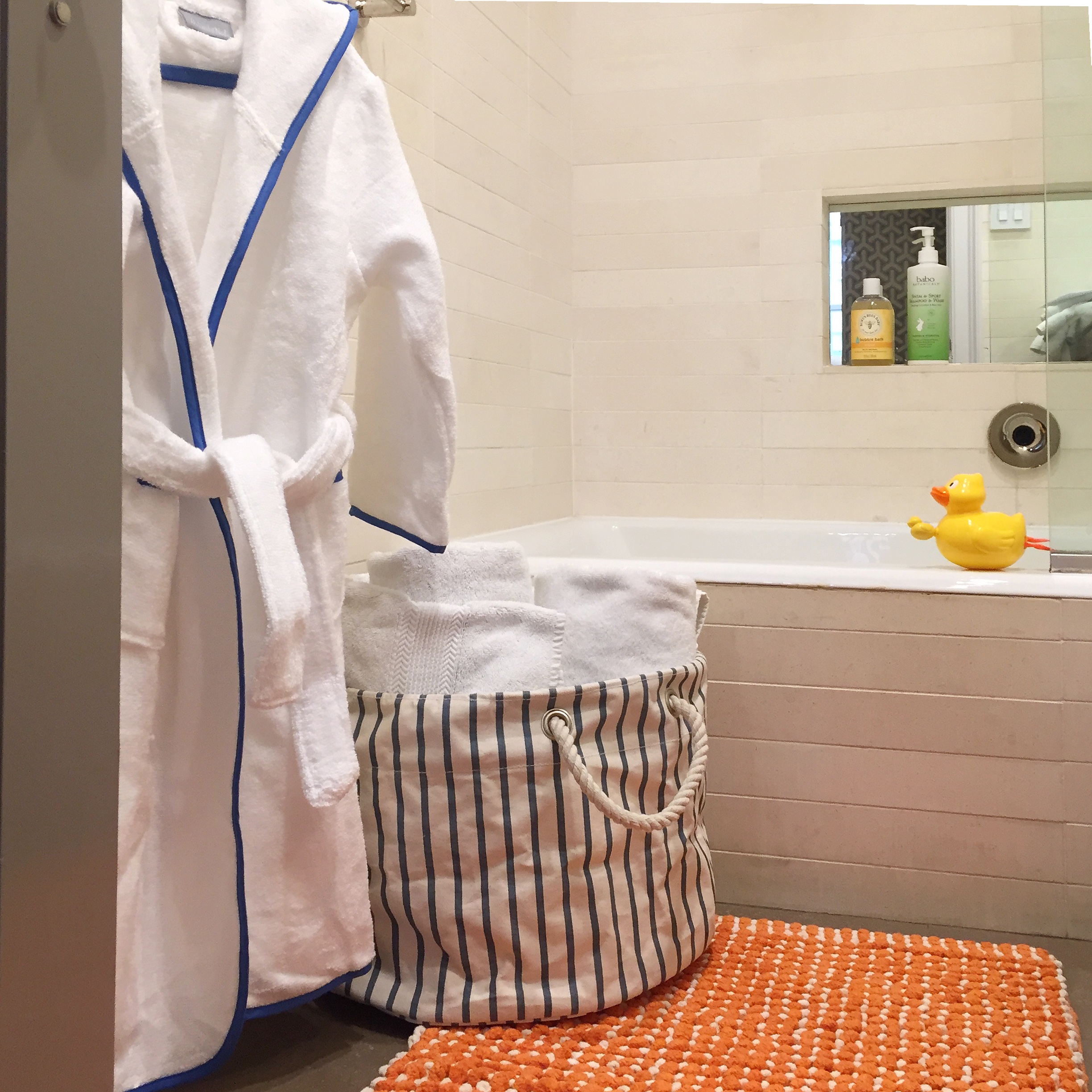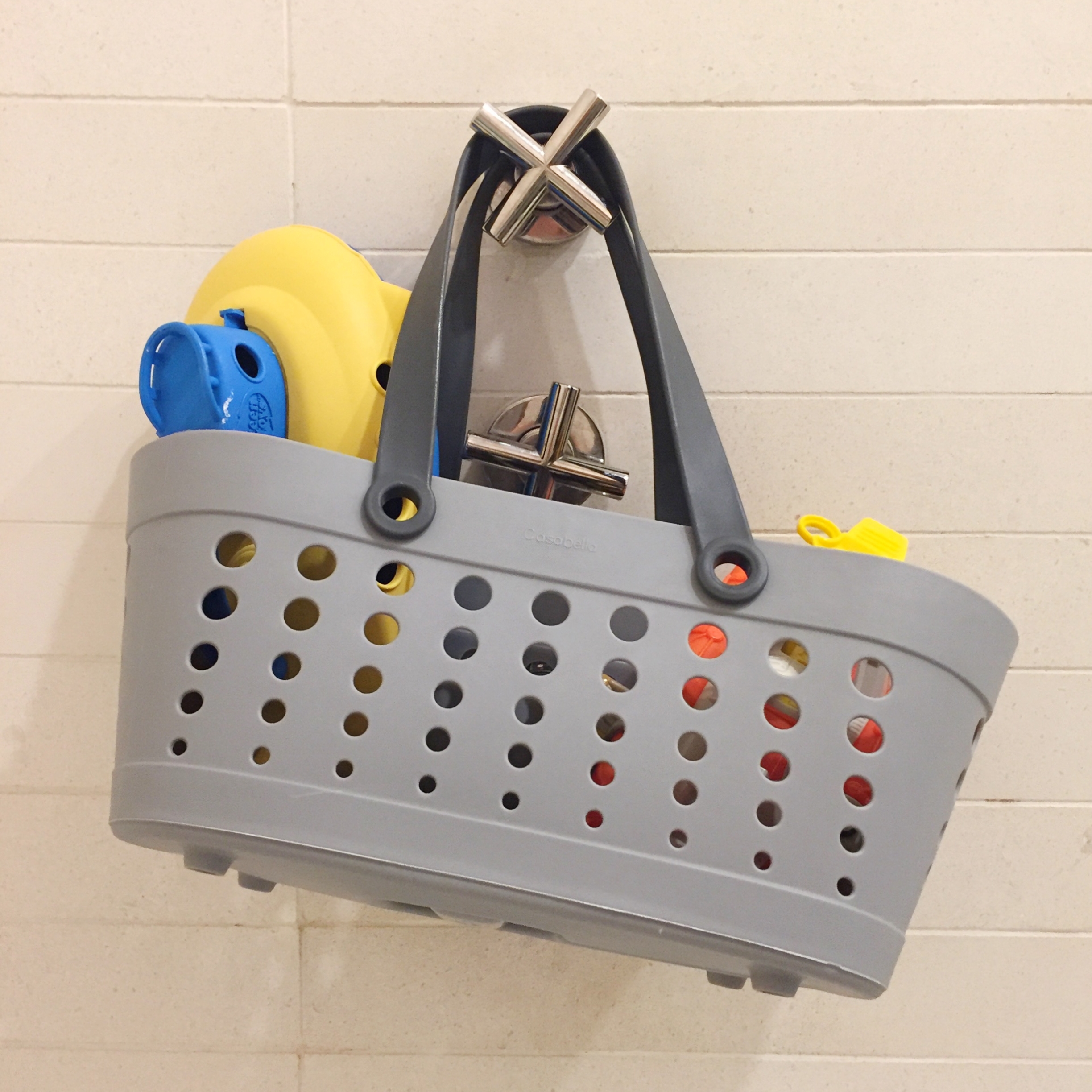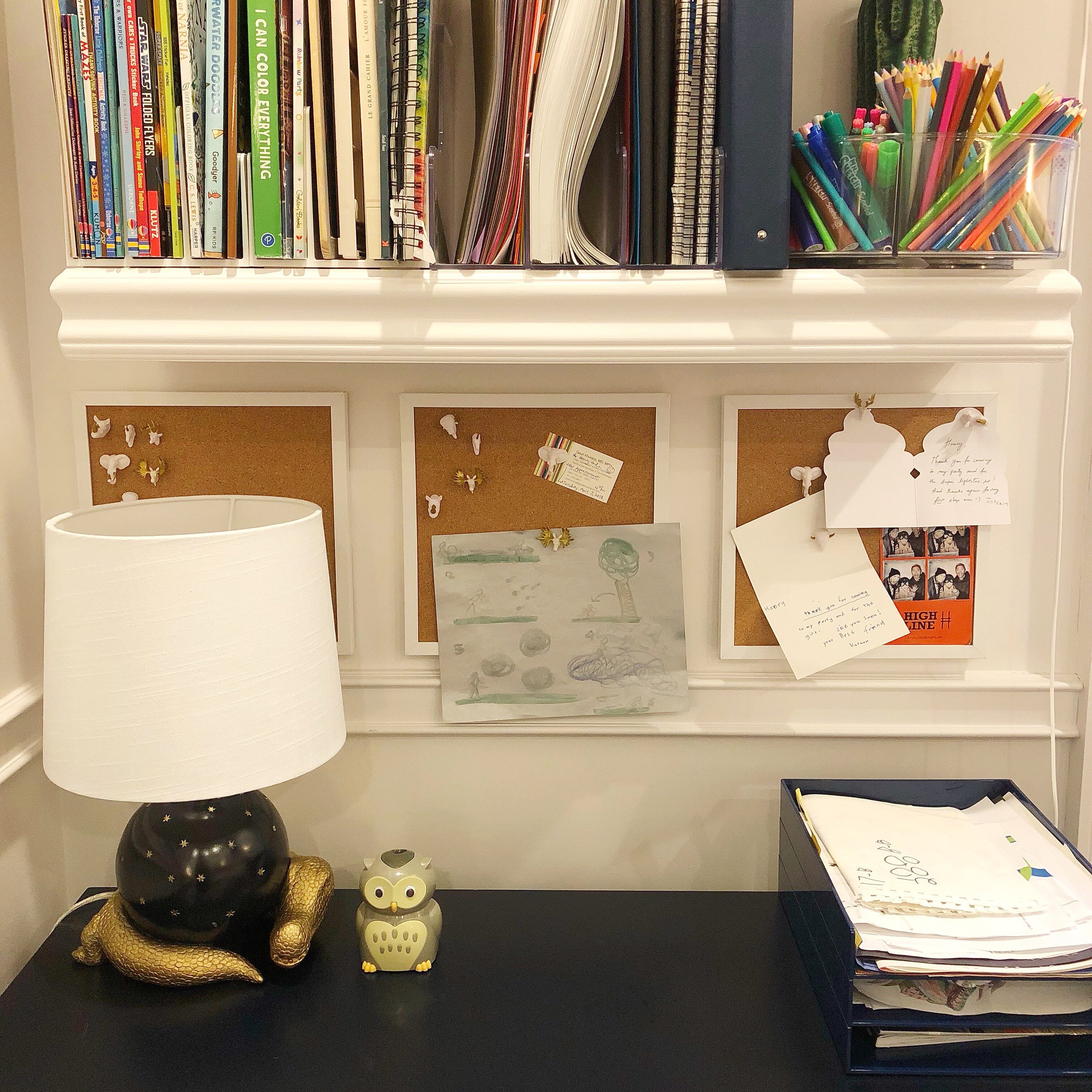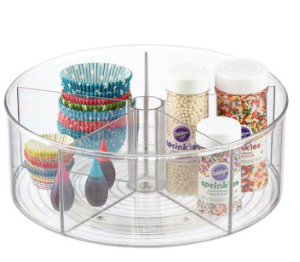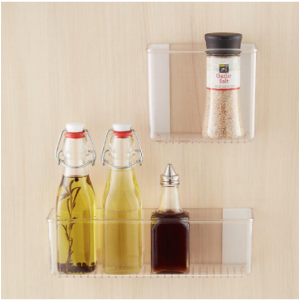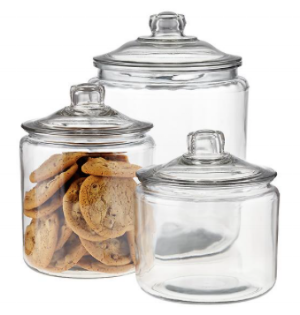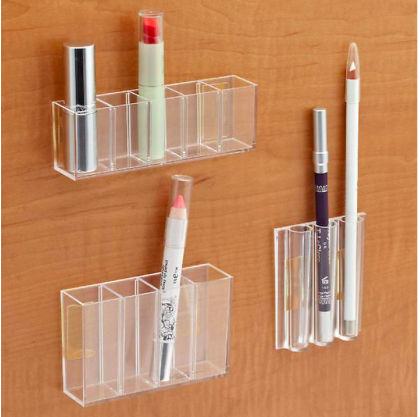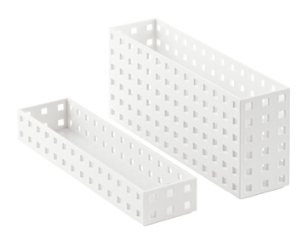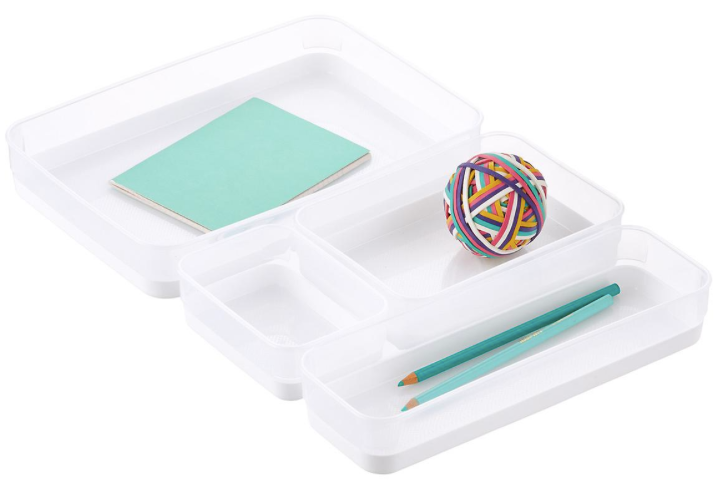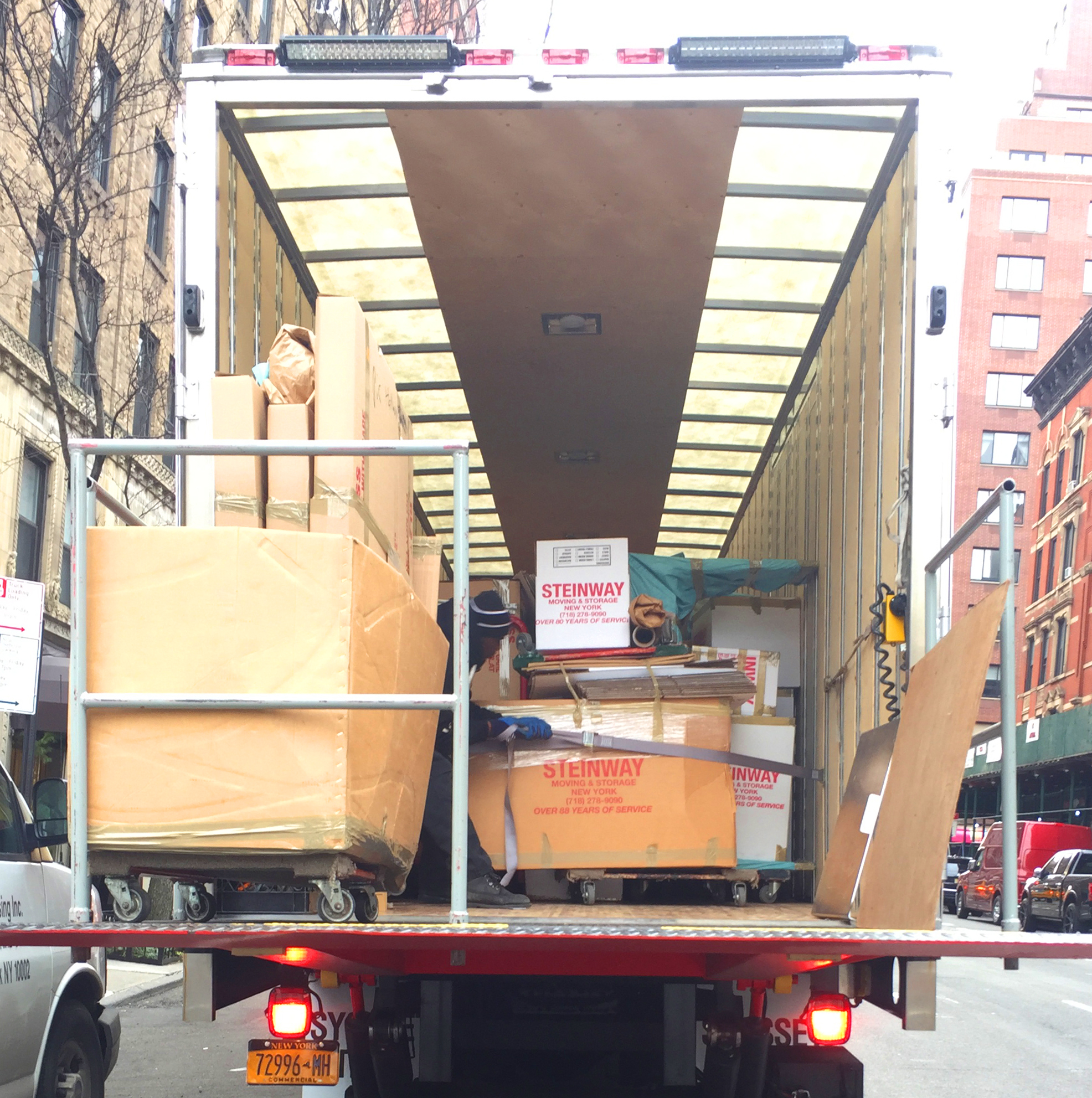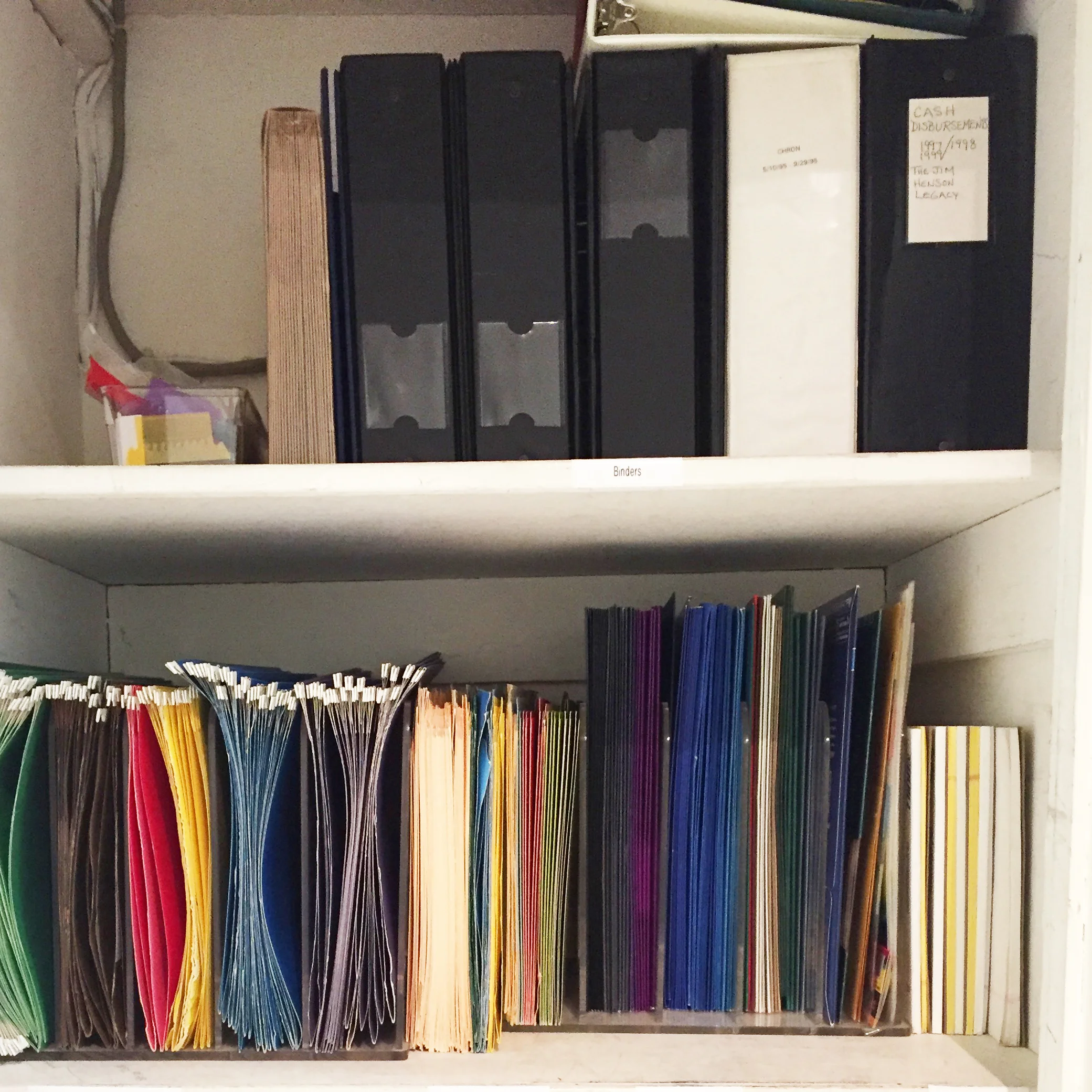We love helping our clients organize their bathrooms and throughout that process we often get asked questions about the shelf life of make-up and other toiletries.
We did some research to brush up on our knowledge so that we can answer with confidence. However, if you are in doubt, it is probably best to throw it out, says the girl who still has make-up from (ahem!) college…but no worries, it was tossed shortly after we wrote this post.
Before we dive into the specifics, we have one quick storage tip to share -- to make your make-up and toiletries last even longer; don’t store your makeup in the bathroom where humidity can make it spoil faster.
Happy Organizing!
When to Toss...Make-up
Mascara: 3 Months
The consistent response no matter where you look is to toss mascara after three months or once a quarter.
Eyeshadow, Cream: 3 - 18 Months
It has hard to find consistent information on when to toss cream eyeshadows. The results of our research ran the gamut from 3 months to 18 months, which is quite a spread. Given this inconsistency and the fact that they tend to grow bacteria more quickly than powder, it is best to pay extra attention to them. Regardless of whether you apply them with your finger or a brush, you need to make sure that your application method is clean. If you notice any product build up, a bit of rubbing alcohol can help refresh the surface of your product.
Eyeliner, Liquid: 3 Months
Similar to mascara, liquid eyeliner should be thrown out about every three months because bacteria tends to flourish in the tubes. This is in large part due to the fact that every time you dip the wand, you are transferring an rapping bacteria.
Foundation and Concealer, Liquid: 6-12 Months
Liquid foundations have water in them, which means that they can harbor bacteria once they are opened. Look for products with a pump or squeeze tube, but if you find yourself with an open container, on’t dip your fingers directly into the container, use clean brushes or sponges and avoid double dipping, as that can increase the changes of it being contaminated.
Concealer, Powder and Stick: 1-2 Years
As with other powder based products, a powder concealer can last up to two years especially if you are applying it with a regularly washed makeup brush and/or sponge.
Blush or Bronzer, Cream: 1 Year
To prolong the life of your blush, clean your brush regularly and store it in a dark, dry place.
Lipstick, 1-2 Years (or longer)
There is a bit of conflicting information here about how long lipsticks last with the range being from 6 months to 5 years but most sources put it around 1-2 years. However, regardless of how long you have had it or what product you are talking about, keep an eye out for changes in color, consistency and scent which could be indicators that it is time to toss it.
Lip Gloss: 6 months to 1 Year
We found a lot of conflicting information on he shelf life of a lip gloss, so it is probably best to just keep an eye on it for any changes in color, consistency or scent regardless of when you started using it.
When to Toss...Powders
Eyeshadow, Powder: 2 Years
Foundation, Powder: 2 Years
Blush or Bronzer, Powder: 2 Years
Powder-based products should be safe for up to two years, larg in part because they don’t contain water. However, since eyeshadows come in contact with your eye, make sure that your brushes are clean, especially if you are using the product on a daily basis. And, keep an eye out for funny smells or turned colors but otherwise they are good to go for quite a while.
When to Toss...Pencils
Eyeliner, Pencil: 2 Years
Lipliner, Pencil: 2 Years (or longer)
Pencils can last up to two years (or even longer in some cases) because the surface is refreshed every time it is sharpened. However, if you want to be certain that is it okay to use for years to come, make sure that you also sanitize your sharpener with rubbing alcohol or another appropriate cleaning agent in between uses.
Still wondering about a specific product? Flip your product over and look for a symbol that looks like a jar with a lid, the number inside that symbol represents the number of months the product is safe to use after opening!
If you are looking for advice on how to organize your bathroom, please check out our post here.

